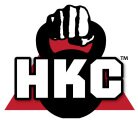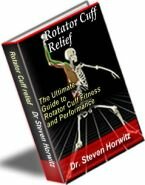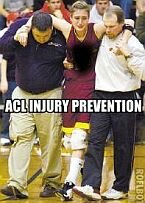Trigger Point Dry Needling:
Intramuscular Manual Therapy
Trigger Point Dry Needling, sometimes called Intramuscular Manual Therapy, is the treatment of localized muscle pain with solid, stainless steel needles. It is called dry as this therapy contrasts with the use of hollow (hypodermic) needles to inject a substance (saline, steroids, analgesics, etc.) into same point. The needles are very, very thin and bend in one's hand.What Does Dry Needling Treat?
Muscle injury occurs in three basic ways:
- Acute pulls and tears due to major trauma like automobile collisions, falls, and hard hits in sports.
- Chronic muscle damage or repetitive micro-trauma due to an accumulation of small tears over time caused by overtraining, poor training technique, and poor workplace ergonomics
- Poor oxygen flow to the muscles (hypoxia) due to poor posture and chronic muscle damage.
How Does Dry Needling Work?
The intent of dry needling is to decrease pain and spasm in muscles due to these trigger points and nerve irritation. Think of the muscle being in lock down and the insertion of the needle as the mechanical disruption of these contacted knots causing the relaxation of the taut muscle fibers. These fibers are then allowed to resume their normal length. The nerves are stimulated which causes increased blood flow and pain suppression.
Research has shown that it is the action of the needle, not an injected substance that calms down the area of pain. A 1979 paper by Karel Lewitt stated, When the most painful spot was touched by the needle, immediate analgesia without hypesthesia was observed in 86.8% of cases and he called this the needle effect. Source
Is Dry Needling Safe?
Yes. The needles used are brand new, sterilized, and of course disposed of after each treatment. Only appropriate anatomical areas are treated. During or after the treatment, the patient may experience reproduction of pain, numbness, heaviness, achiness, redness, soreness, bruising, tiredness, and relaxation. These all are within the normal parameters of the response to dry needling.
Any practitioner of dry needling must have training by a certified dry needling organization. Silver Spring chiropractor, Dr. Steven Horwitz, is certified by the Dry Needling Institute.
Is Dry Needling Painful?
Most of the time the patient will feel the insertion of the needle to some degree. This feeling is widely variable amongst patients. If the pain is severe, the insertion of the needle is immediately halted giving time for the area to calm down.
Is Dry Needling like Acupuncture?
No. Acupuncture is a separate system of healing with its own ancient laws and philosophy. Dry needling does not use the theories of meridians, energy, pulse points or tongue characteristics to make a determination of why or where to place the needles.
George Ulett, MD, PhD, stated: dry needling "stimulates motor points and nerve junctures. Specific electrical currents induce the gene expression of neurochemicals and activate brain areas important for healing. This is a scientifically based alternative to the metaphysical theories ... of traditional Chinese acupuncture." Source
Dry needling is available at Capital Sports Injury Center, Silver Spring and convenient to Montgomery county, Prince Georges County, Burtonsville, Columbia, Rockville, Olney, Rockville, Bethesda, Kensington, Brookville, Wheaton, Takoma Park, Garrett Park, Gaithersburg, College Park, Adelphi, Hyattsville, Bladensburg, Greenbelt, Bowie, New Carrollton, Laurel, and Landover.
|
The Ultimate Nutritional Lie Detector Test LEARN MORE 
|
Kettlebell Rehab

Click Here
To See How Kettlebells will transform your body!
Vortex Rehab

Click Here
To See How This
Revolutionary Machine
Can Help You!
Partner / Support

Loans up to 3 months - fast cash advances for up to 90 days and up to $5,000!


















